Parque Dosan (도산공원)
16.6Km 2025-08-12
Dosan-daero 45-gil 20, Gangnam-gu, Seúl.
Es un parque vecinal localizado en Sinsa-dong de Gangnam-gu, en la ciudad de Seúl. El 10 de marzo de 1970, el entonces presidente Park Jeong-hee ordenó el establecimiento del parque en homenaje al gran maestro Dosan, seudónimo de An Chang-ho, quien luchó por la independencia y el triunfo de Corea. De esta manera, la ciudad de Seúl anunció el establecimiento en el año 1973, en una superficie de 33.000 m² en Sinsa-dong del distrito Gangnam-gu. En especial, se han trasladado los restos del maestro que se encontraba en el cementerio público de Mangu-ri y la de su mujer que estaba en la ciudad de Los Ángeles de Estados Unidos, para enterrarlos juntos. Luego el parque se ha extendido desde Seongdong-gu hasta Nonhyeon-dong.
Parque Nacional del Monte Bukhansan en Seúl (북한산국립공원(서울))
16.6Km 2025-06-13
Bogukmun-ro 262, Seongbuk-gu, Seúl
El monte Bukhansan, situado en el sector norte de Seúl, es hermoso a lo largo de todo el año. Designado Parque Nacional en 1983, el monte en su conjunto mide 78,45 km de ancho cubriendo 6 distritos y la parte de la provincia de Gyeonggi-do. El nombre Bukhansan significa “montaña grande del norte” y también solía ser llamado monte Samgaksan.
Tiene curvas tan suaves que sus sobresalientes y elevadas rocas de granito parece que fueran a deslizarse en cualquier momento, y sus afilados picos contrastan con las docenas de valles y ríos que fluyen debajo. Su pico principal es Baegunbong y junto a este se elevan numerosos picos de diferentes tipos. Los picos de granito combinan bien con los árboles, y dentro de las extensiones de la montaña viven unas 1.300 clases de animales y plantas.
De entre los picos de granito, se destaca la Roca Giam de Insubong (810,5 m). Este pico de piedra granito, famoso en todo el mundo, se eleva 200 por sobre el nivel del mar y existe un centenar de senderos que conducen a él. Cuando llegue al punto panorámico Baegundae (835,6 m) mire hacia abajo, según el estado del tiempo, podrá ver las nubes, la ciudad de Seúl y el río Hangang, todo junto y en visión panorámica.
El monte Bukhansan tiene una larga historia y no carece de tesoros culturales. Comenzando con el pilar Sunsubi sobre el pico Bibong que conmemora al rey Jinheung, pasando por la Fortaleza Bukhansanseong, edificada siguiendo las crestas de sus sierras, y el templo Sangunsa construido por el monje Wonhyo, además de numerosos otros templos menores.
La fortaleza Bukhansanseong es, asimismo, una destino obligado para los que visitan la montaña por primera vez. Esta Fortaleza consistió en una muralla de aproximadamente 8.500 m de longitud, levantada específicamente para detener invasiones extranjeras, y es uno de los fuertes de montaña más representativos de la era Joseon. En otoño, es especialmente exquisita la vista que se puede obtener de la montaña desde esta fortaleza. Los templos son también herencias culturales representativos del monte Bukhansan, y entre ellos se destacan el templo Seunggasa, erigido sobre el lado oriental del pico Bibong, donde las figuras de Seokgayeorae Maaebul se hallan grabadas en una roca de granito de 5 m de altura, y el templo Munsusa, ubicado a medio camino de ascenso al pico Munsubong, que tiene agua de montaña que cae del techo de la cueva Munsugul.
Bukhansan, con sus rocas de granito, y la Fortaleza Bukhansanseong, tiene las cualidades perfectas para practicar montañismo en todas las estaciones del año. En primavera, florecen toda clase de flores y en verano, tupidos bosques y valles se extienden por doquier. Los senderos de ascenso que hay a lo largo de los valles pueden llegar quizá a ser el mejor de los cursos de montañismo para el verano. El otoño es especialmente la estación adecuada para visitar los templos y sus pabellones sumidos en los colores otoñales. En invierno, la escena de las sierras cubiertas de nieve es verdaderamente maravillosa. El Parque Nacional del Monte Bukhansan tiene numerosas atracciones montañosas y bellísimos paisajes, y se ubica suficientemente cerca de la ciudad como para llegar fácilmente. El promedio de visitantes anuales es de cinco millones por lo que ha merecido el honor de ser registrado en el Libro de los Guinness de Récords Mundiales como el parque nacional de mayor número de visitantes por pie cuadrado. Los fines de semana son particularmente concurridos.
Starbucks - The Bukhansan (스타벅스 더북한산)
16.6Km 2024-12-27
Daeseomun-gil 24-11, Eunpyeong-gu, Seúl
Calle Anygol de Pung-dong (풍동 애니골)
16.6Km 2022-09-22
Pungsan-ro 35, Ilsandong-gu, Goyang-si, Gyeonggi-do.
La calle Anygol de Pung-dong se encuentra en Goyang, la ciudad de las artes de Gyeonggi-do. Los alrededores están llenos de buenos restaurantes que satisfacen el paladar de los comensales. La historia de Anygol se remonta a los años 70 y 80 del siglo XX, cuando Sinchon, en Seúl, era el lugar preferido por muchas parejas jóvenes que esperaban ansiosos el tren con destino a Sincheon en la Estación de Baengma. Con la modernización de la zona de Ilsan, en la ciudad de Goyang, iniciada a principios del año 1990, la Estación de Baengma y las cafeterías de los alrededores desaparecieron. Sin embargo, en Pung-dong, un lugar no muy lejano de Sinchon, se formó en pocos años una zona parecida al anterior con restaurantes y cafeterías de música acústica.
El nombre Anygol proviene de "Aehyeon", el antiguo nombre de Pung-dong y todavía hay gente que lo llama de aquella forma. Aunque ya no es la misma de antes, presenta un ambiente muy similiar al anterior. Existen diferentes lugares donde comer, desde restaurantes románticos hasta restaurantes peculiares con galeríasde bellas artes y cafeterías.
SJ Kunsthalle (SJ쿤스트할레)
16.7Km 2021-12-27
Eonju-ro 148-gil 5, Gangnam-gu, Seúl.
+82-10-2014-9722
Situado en el centro de Gangnam, Seúl, SJ Kunsthalle es un lugar único basado en el movimiento sub-cultural alemán (Kunsthalle significa "Sala de Arte" en alemán). SJ Kunsthalle y sus tres plantas están hechas de 28 contenedores. La estructura del edificio cambia según el tipo de evento que se celebra. Ofrece una variedad de eventos culturales y programas con colaboraciones de artistas de todo el mundo, desde pintura, estilos de moda y diseño; también dispone de un bar y un restaurante. La sala de la primera planta muestra los trabajos de artistas jóvenes. El bar y el restaurante están abiertos de lunes a sábado de 11:00 hasta medianoche, donde puede tomar un café, bebidas, cerveza y comida alemana. Cada jueves y viernes noche, SJ Kunsthalle se convierte en una discoteca con Dj's locales; y el primer sábado de cada mes el espacio alberga un mercado.
Passi 0914 (파시0914)
16.7Km 2024-08-06
15 Dosan-daero 45-gil, Gangnam-gu, Seoul
Wumok (우모크)
16.7Km 2025-10-24
Eonju-ro 170-gil 22, Gangnam-gu, Seúl
Aedogin (에도긴)
16.8Km 2026-01-05
30, Teheran-ro 8-gil, Gangnam-gu, Seoul
Pabellón de Sinsa del Museo de Arte Horim (호림박물관 신사분관)
16.8Km 2025-08-21
Dosan-daero 317, Gangnam-gu, Seúl
Calle Bamnidan-gil (밤리단길)
16.9Km 2025-11-12
Jeongbalsan-dong, Ilsandong-gu, Goyang-si, Gyeonggi-do
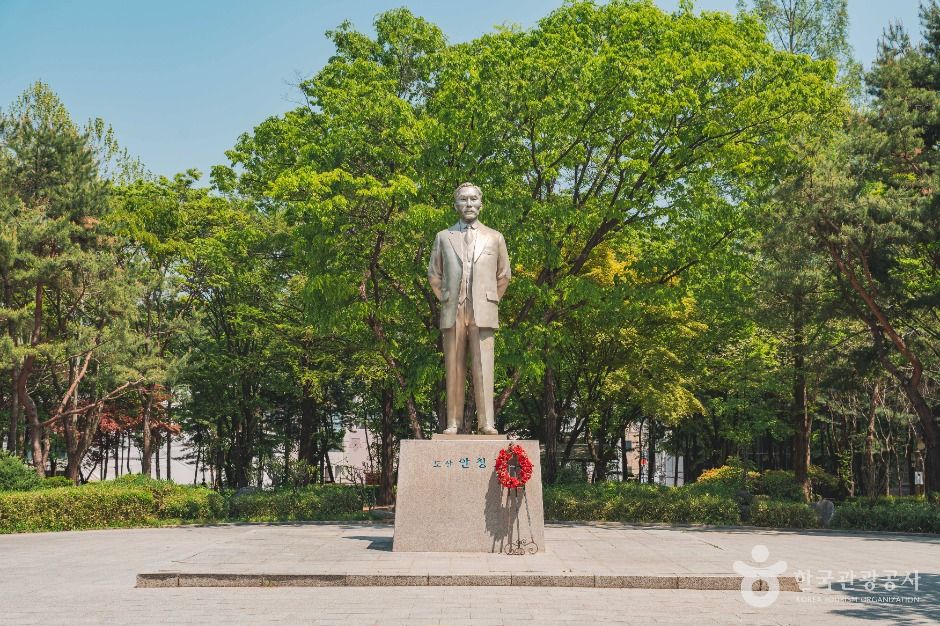
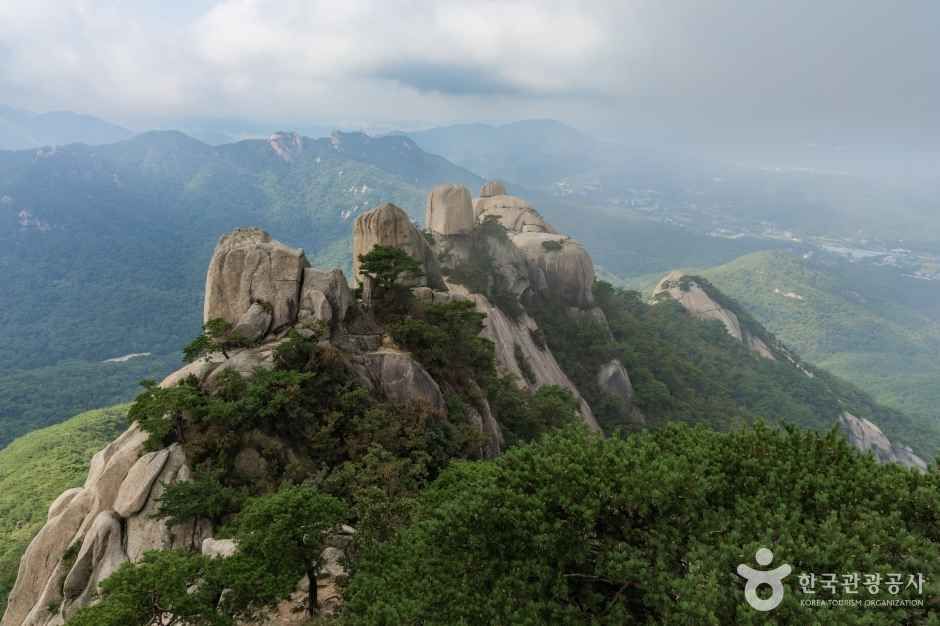
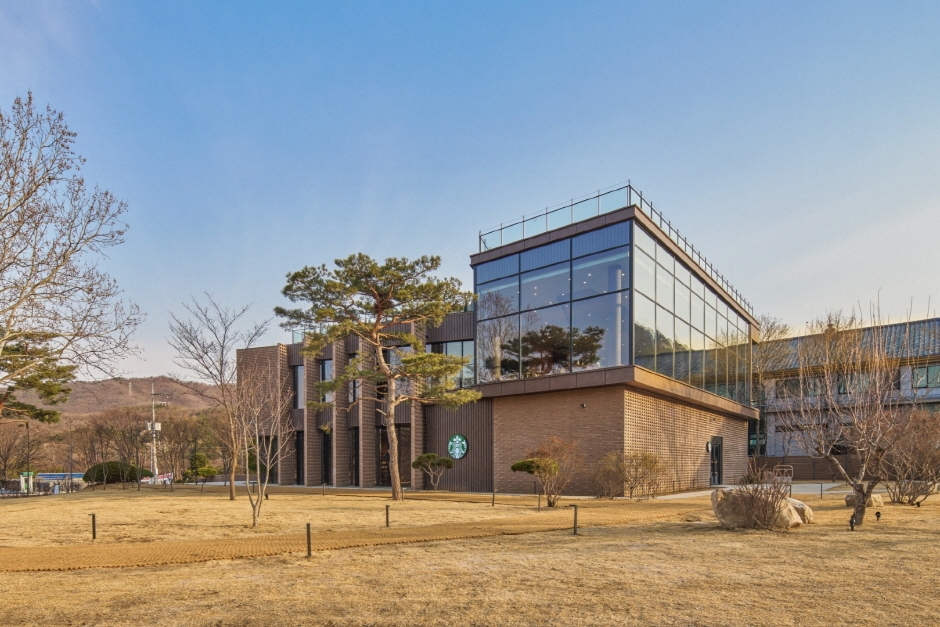
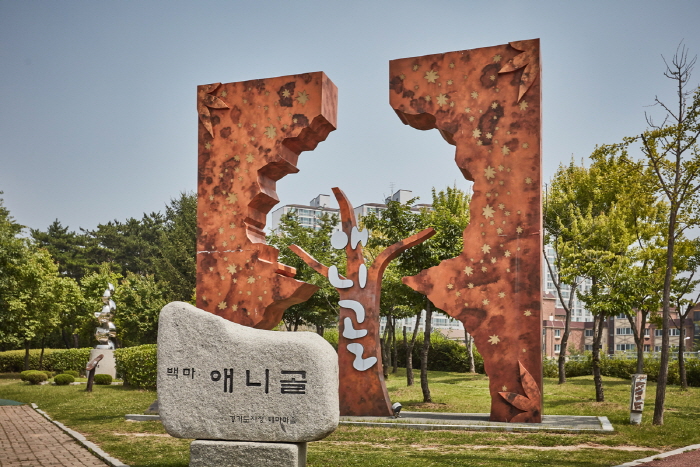

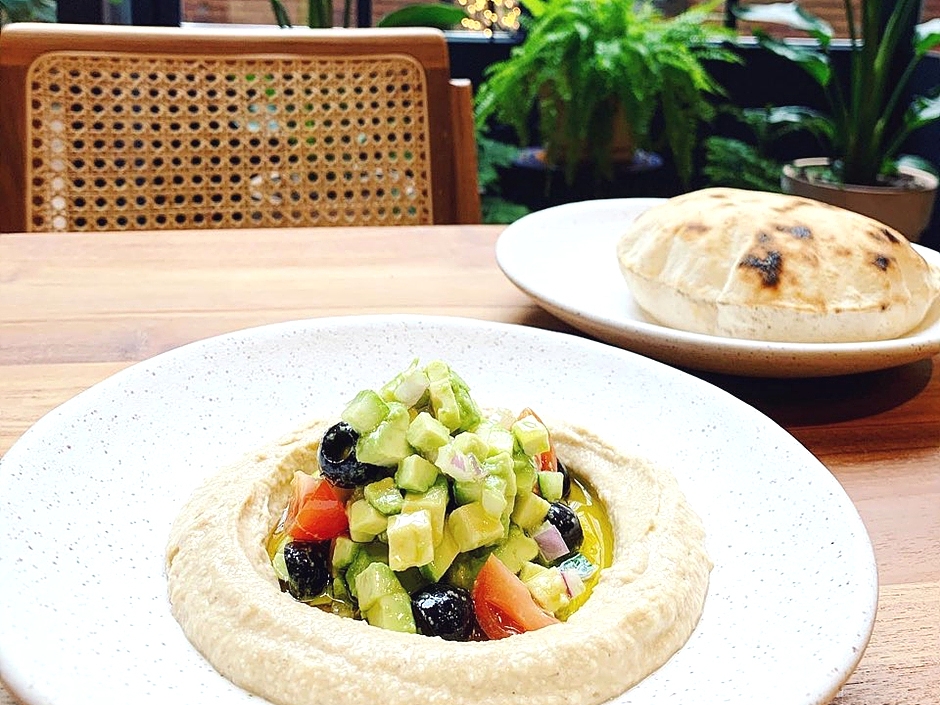
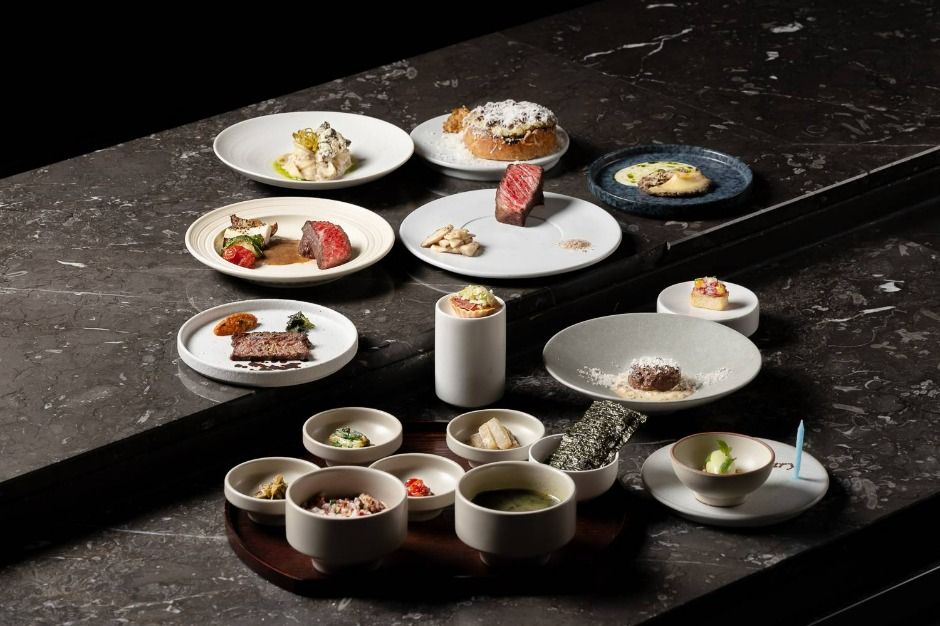
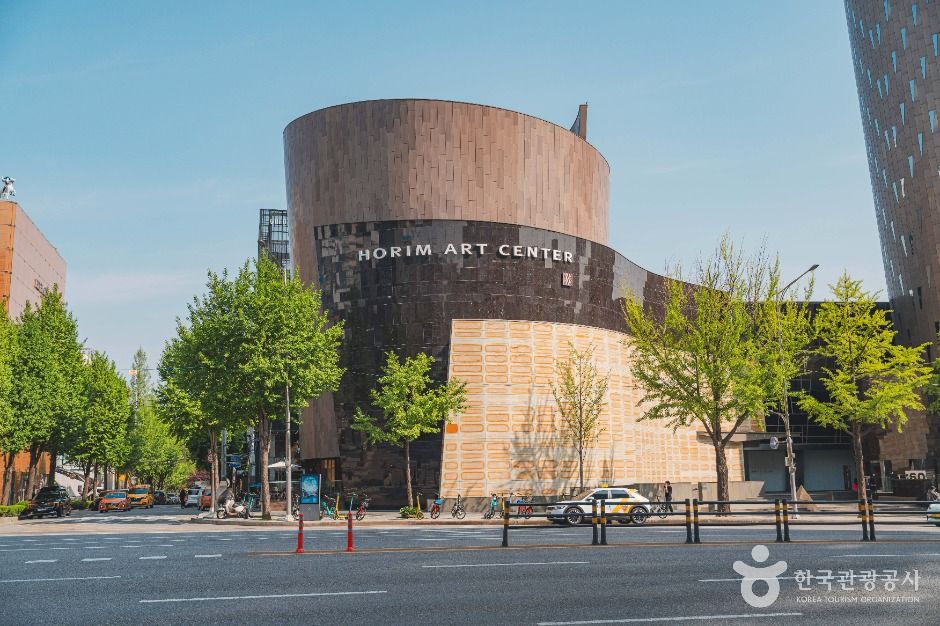
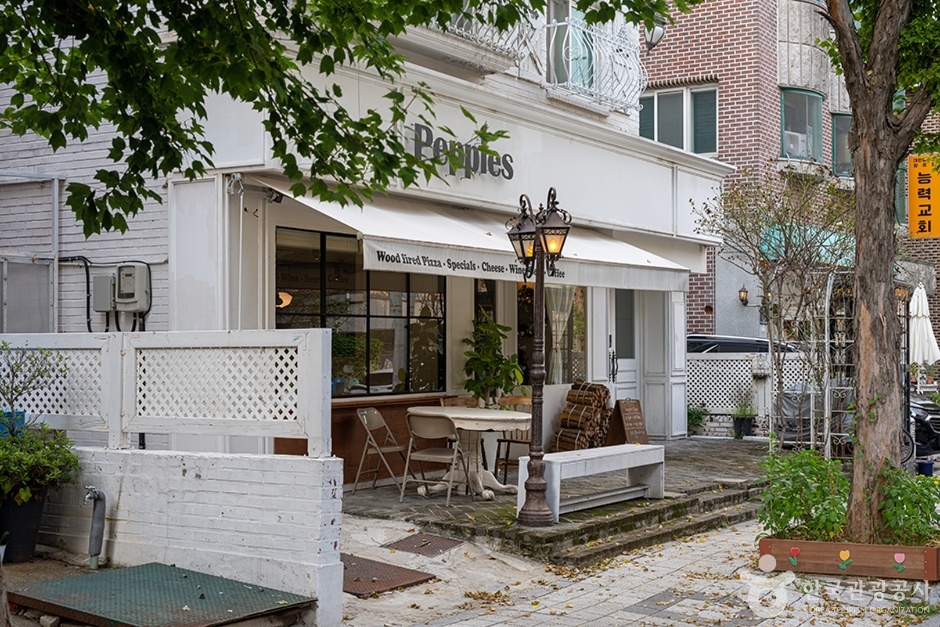
 Español
Español
 한국어
한국어 English
English 日本語
日本語 中文(简体)
中文(简体) Deutsch
Deutsch Français
Français Русский
Русский